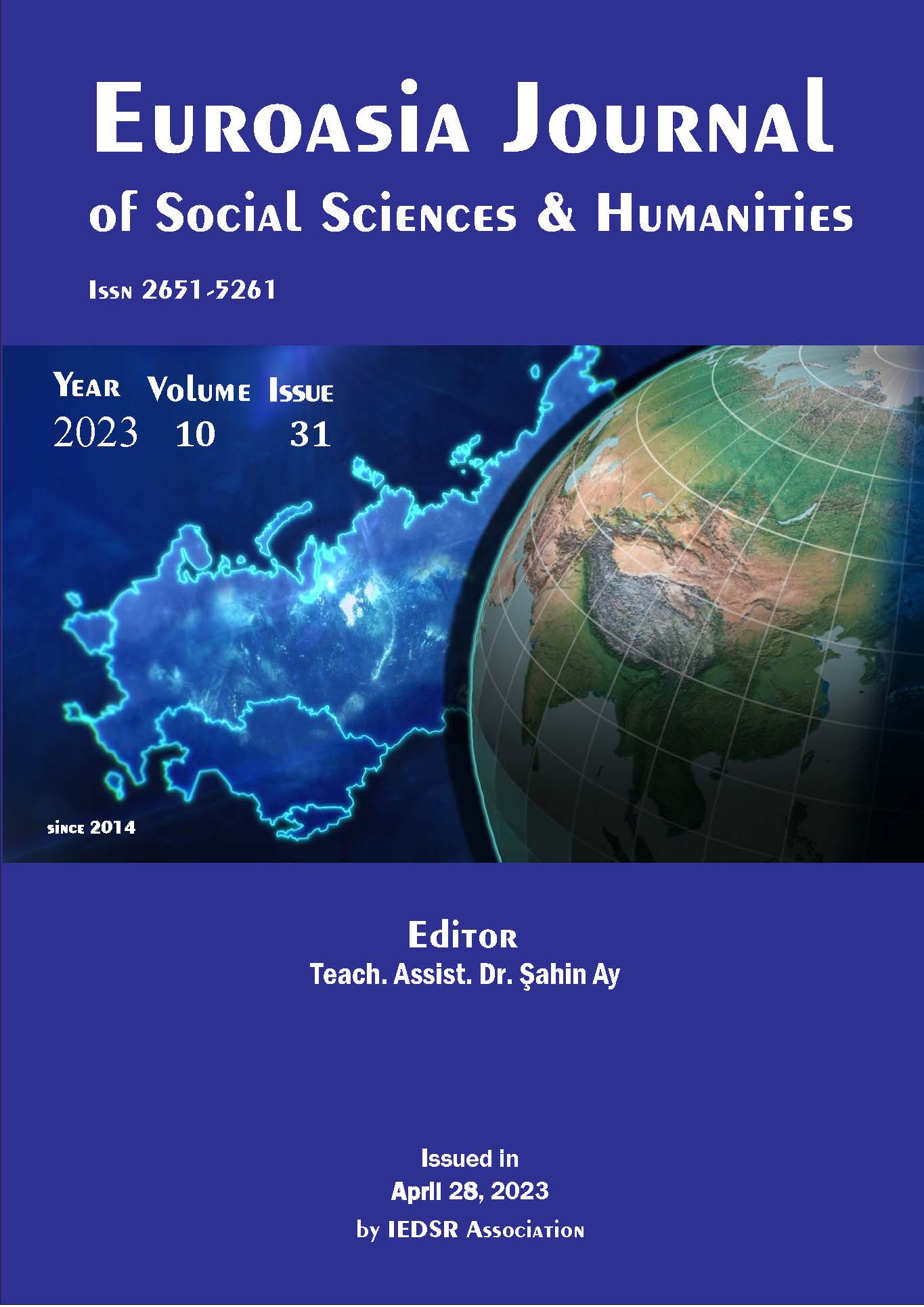Vintage Inscriptions Similarity
DOI:
https://doi.org/10.5281/zenodo.7940416Anahtar Kelimeler:
Old Turkic Inscription, Runic Inscriptions, Scandinavian RunesÖzet
The article deals with the connection between the Old Turkic inscriptions and the Scandinavian runes. The ancient Turkic inscription found in Orkhon Yenisei in 17-18 centuries caused European scientists to admire. It is known that western scholars have come to the conclusion that the Turkic inscriptions originates from Europe by studying the secrets of Hunnus inscriptions. However, this is the main root of this article, which seeks to reconcile this viewpoint with denial. The article attempts to clarify the fact that the Great Turkish Empire can bring its culture and civilization to the conquest of Western European countries.
Ancient Turkic inscription with 2500-year history from the beginning of the 5- 4th century A.D., it has been proven that archaeologists have come to prove that Scandinavian Rune has reached the Turkic steppe. During the research works by scientists such as S. Sydykov, K. Konkobaev, S.Karzhaubai, ASAmanzholov, A.Bakhti, T. Barfild, A.N. Bernstein, and E.Tompson were used.
Every nation in the world has its genealogy, peculiarities, and viewpoints. Each nation has its own language, customs, thinking system and value. It is common today that the ancient Turkic language, which has been around for 300 years, has a great deal of social studies.
The main point of this paper is that the history of ancient Turkic inscriptions was formed 4-5 centuries before the Scandinavian Rune inscription, and that this subject should still be studied in depth. The article focuses on scientific research from current scientists.
İndirmeler
Referanslar
S.Sydykov, K.Konkobaev. Bayyrky turk zhazusi (UII-X kilymdar).Okuu kitep. –B.; KTMU, 2001. p. 337.
S.Karzhaubai. Orkhon muralary. 1 kitap. Tarikhi-tanymdyk ethnografiyalyk adebiet. Astana. 2003. p. 392.
A.S.Amanzholov. History and theory of ancient Turkic writing. –Almaty: CJSC "Publishing House "Mektep", 2003. p. 368.
A.Bakhti. Sumerians, Scythians, Kazakhs – Almaty, 2002. p. 216.
T.Barfield The world of nomadic pastoralists // Nomadic alternative to social evolution. – M., 2002. pp. 77-78
A.N. Bernshtam An essay on the history of the Huns. – L.: LSU, 1951.
L.N.Gumilev History of the people of the Huns.
S.G.Klyashtorny, T.I.Sultanov Kazakhstan. The chronicle of three millennia. – Alma-Ata: Rauan, 1992.
E.A. Thompson Formidable warriors of the steppes / Translated from English by L. A. Igorevsky. – M.: ZAO Tsentrpoligraf, 2008.
E.A.Gurevich. Runes, runic writing. Dictionary of Medieval Culture. M., 2003, pp. 415-423
İndir
Yayınlanmış
Nasıl Atıf Yapılır
Sayı
Bölüm
Lisans
Telif Hakkı (c) 2023 EUROASIA JOURNAL OF SOCIAL SCIENCES & HUMANITIES

Bu çalışma Creative Commons Attribution-NonCommercial 4.0 International License ile lisanslanmıştır.

